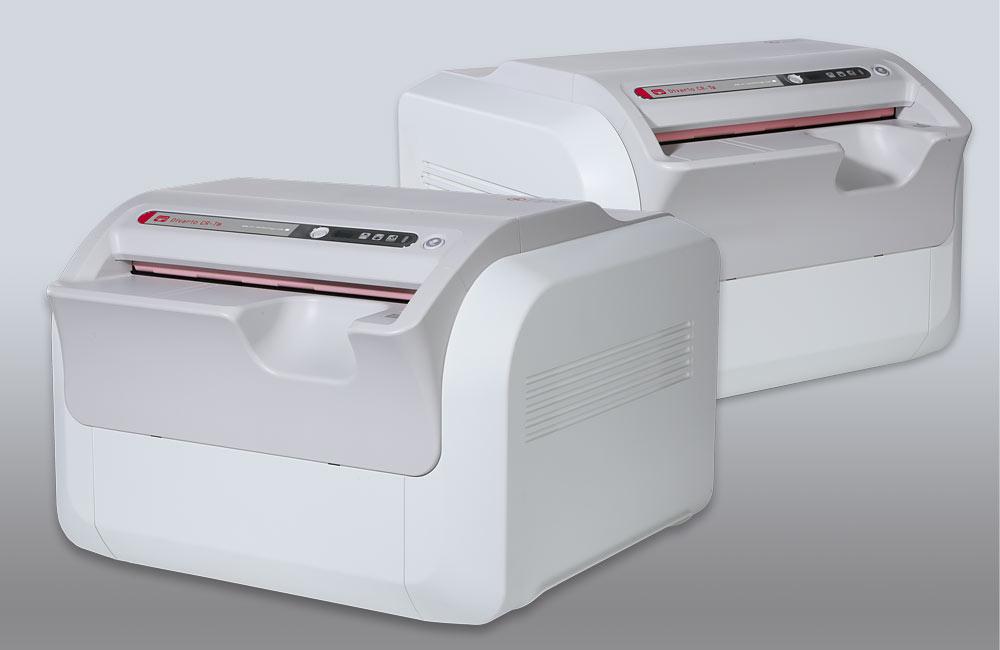Phosphor screen scanners are medical devices used for diagnostic purposes by detecting biomarkers and molecular patterns in the human body. These scanners capture the fluorescent signals produced when phosphor screens are exposed to radiation or excitation light. Phosphor screen scanners are highly sensitive and can detect minute traces of biomarkers, which enable early detection of diseases including cancer. Their high sensitivity and accuracy help physicians develop personalized treatment plans for patients based on their genetic profile and disease risks. This boosts treatment outcomes and contributes to better health outcomes.
The Global Phosphor Screen Scanner Market Size is estimated to be valued at US$ 288 Bn in 2024 and is expected to exhibit a CAGR of 10% over the forecast period 2024 to 2030.
Key Takeaways
Key players operating in the Phosphor Screen Scanner market are Intomics, GENinCode, NanoString, Tepnel Pharma Services Limited, Pfizer Inc., Novartis AG, Teva Pharmaceutical Industries Ltd., Merck & Co., Inc, QIAGEN, Quest Diagnostics Incorporated, Medtronic, Thermo Fisher Scientific Inc., Laboratory Corporation of America Holdings, bioMérieux SA, F. Hoffmann-La Roche Ltd, Eli Lilly & Company, GlaxoSmithKline plc, Cepheid, AstraZeneca PLC, Myriad Genetics, Inc., Bristol-Myers Squibb Company, and Foundation Medicine, Inc.
The demand for phosphor screen scanners is growing due to the increasing incidence of chronic diseases and rising adoption of personalized medicine. Phosphor screen scanning aids early diagnosis and facilitates selection of targeted treatment based on a patient's genetic makeup and biomarker profile. This improves clinical outcomes. Additionally, technological advancements are enabling higher resolution and faster scanning times, further fueling market growth.
Globally, North America dominates the phosphor screen scanner market due to the growing geriatric population, heavy investments in R&D for precision medicine, and favorable reimbursement policies for genomic tests in the region. However, the Asia Pacific market is expected to witness the highest growth during the forecast period owing to improving healthcare infrastructure, increasing healthcare spending, and rising incidence of chronic diseases.
Market Drivers
A key driver for the phosphor screen scanner market is the increasing demand for personalized medicine. Phosphor screen scanners help develop deeper molecular insights by detecting complex genomic patterns and biomolecular changes associated with diseases. This facilitates customized treatment plans tailored to individual patient needs and genetic characteristics. As the precision medicine sector continues to evolve rapidly, the need for advanced diagnostic tools like phosphor screen scanners will continue to grow significantly over the coming years.
The current geopolitical uncertainties are impacting the growth of the phosphor screen scanner market. Conflicts and tensions between nations are disrupting global supply chains and trade flows. This makes it difficult for market players to procure key components and raw materials in a timely and cost-effective manner. Rising geopolitical risks and economic sanctions are also hindering international collaborations and partnerships in R&D activities.
For instance, the ongoing Russia-Ukraine war has exacerbated existing supply shortages of crucial materials like neon gas that are used in the production of phosphor screen scanners. Restrictions on exports to Russia due to sanctions are adding to the supply crunch. Rising inflationary pressures globally due to disruptions are increasing the operating costs for market players. This is negatively impacting their profit margins.
To ensure sustainable growth amid geopolitical challenges, companies in the phosphor screen scanner market need to diversify their supply sources, establish local manufacturing facilities, and focus on developing alternate materials. Collaborating with regional players can help gain access to local talent, resources and mitigate supply chain risks. Adopting advanced technologies like artificial intelligence and cloud computing can enhance productivity while curbing costs. Government support through funding and favourable regulations is also key for the market to realise its full potential.
In terms of geographical concentration, North America holds the largest share of the phosphor screen scanner market in terms of value currently. This is attributed to well-established healthcare infrastructure, growing funding for genomics research, and presence of key market players in the region. Europe is another major revenue generator owing to rising cancer incidence and increasing adoption of advanced diagnostic technologies.
The Asia Pacific region is poised to be the fastest growing market for phosphor screen scanners during the forecast period. Factors such as rapid economic development, growing healthcare expenditure, rising awareness about personalized medicine, and expansion of key players into emerging countries are fueling regional market demand. China, India and other Association of Southeast Asian Nations present significant growth opportunities.
Get More Insights on This Topic: https://www.newsanalyticspro.com/phosphor-screen-scanner-market-trends-growth-and-regional-outlook-2024-2030/
